This comprehensive guide delivers actionable techniques and flavor science for home cooks seeking to master pork rubs. Whether you're a beginner needing foolproof methods or an experienced griller exploring flavor chemistry, you'll gain practical insights to create consistently delicious results. Discover not just the 'how' but the 'why' behind each step—ensuring your pork achieves optimal texture, crust formation, and balanced taste every time.
Why Homemade Pork Rubs Transform Your Cooking
If you've ever tasted perfectly seasoned, fall-off-the-bone pork that makes you close your eyes and whisper 'Oh my god,' you've experienced a rub's magic. It's not just flavor—it's about creating a flavorful crust called 'bark' through chemical interactions. The best part? These techniques work whether you're using a $500 smoker or a basic backyard grill.
What Exactly Is a Pork Rub?
A pork rub is a dry seasoning blend of herbs, spices, salt, sugar, and functional ingredients like coffee or cocoa. Unlike marinades that penetrate via moisture, rubs work on the meat's surface. They trigger Maillard reactions during cooking, creating complex flavor compounds while forming that desirable bark layer through controlled caramelization.
The Essentials: Building Blocks of a Great Pork Rub
Creating effective rubs follows predictable chemical principles. Master these foundational components:
- Salt – Disrupts muscle fibers via osmosis, enhancing flavor penetration and moisture retention.
- Sugar – Critical for caramelization; brown sugar's molasses content adds depth while aiding bark formation.
- Paprika – Provides color and subtle sweetness through capsaicinoids without overwhelming heat.
- Garlic Powder – Releases allyl sulfides when heated, creating savory umami notes.
- Onion Powder – Adds complexity via thiosulfinates that mellow during cooking.
- Black Pepper – Piperine compounds deliver warmth and enhance absorption of other flavors.
- Mustard Powder – Acts as a binding agent through mucilage while adding tangy depth.
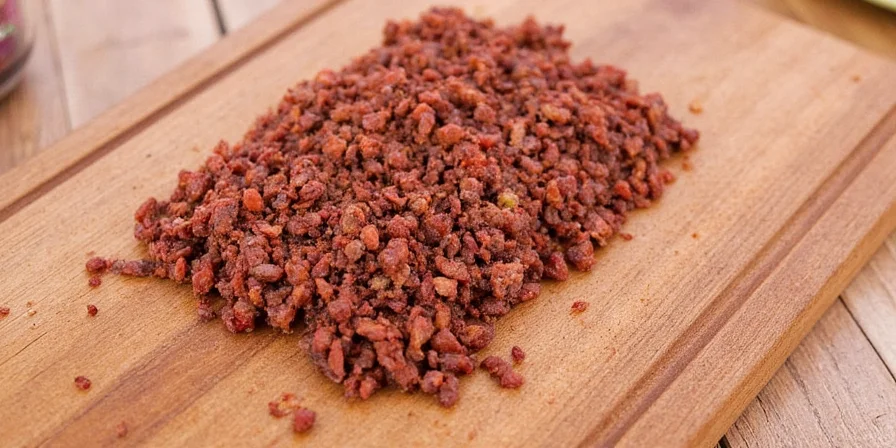
Creative Variations: Customizing Flavor Profiles
Understanding flavor chemistry allows intelligent customization. Here's how different profiles interact with meat:
| Flavor Profile | Key Chemical Components | Ideal Applications |
|---|---|---|
| Texas Style | Caffeine (coffee), capsaicin (cayenne) | Smoked brisket where caffeine enhances smoke absorption |
| Caribbean Twist | Eugenol (allspice), limonene (citrus) | Grilled pork chops where acidity cuts through fat |
| Asian Fusion | Anethole (five-spice), gingerols | Stir-fries requiring quick-cooking flavor carriers |
| Italian Herb | Carvacrol (oregano), fenchone | Porchetta where anise notes complement fatty cuts |
How to Apply Your Rub for Maximum Impact
Surface physics determines rub effectiveness. Follow these evidence-based steps:
- Dry the surface – Pat meat with paper towels to remove moisture that would dissolve salt crystals.
- Use binders strategically – Apply mustard (pH 3.5-3.8) to raise surface acidity, improving spice adhesion.
- Massage gently – Press spices into crevices without damaging muscle fibers.
- Rest appropriately – 15 minutes for surface reactions; overnight for salt diffusion (ideal for thick cuts).
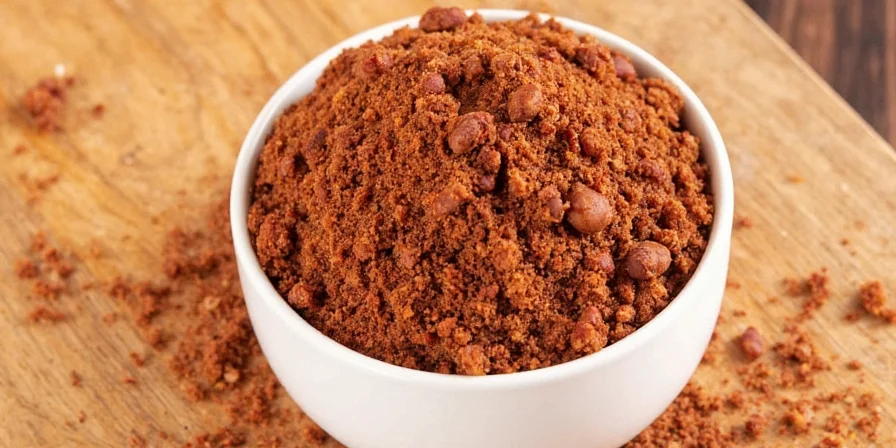
The Flavor Science: How Rubs Transform Meat
Beyond basic seasoning, rubs trigger complex biochemical processes. Salt initiates protein denaturation, allowing deeper flavor penetration. Sugars undergo caramelization between 140-165°C (284-329°F), creating hundreds of new flavor compounds. Spices release volatile oils when heated—paprika's capsanthin provides color stability while garlic's allicin breaks down into savory sulfur compounds. Understanding these reactions helps you adjust ratios: more sugar for thicker bark in low-and-slow cooking, reduced salt for quick grilling, and acidic elements to balance rich cuts.
Storage Secrets: Preserving Potency and Freshness
Spice degradation follows predictable oxidation pathways. Maximize shelf life with these methods:
- Store in airtight containers to prevent oxygen exposure.
- Use amber glass jars to block UV light that degrades curcumin (in turmeric) and capsaicin.
- Add silica packets to maintain humidity below 60% RH, preventing caking.
- Refrigerate blends with high-fat seeds (like sesame) to slow lipid oxidation.
FAQs: Answering Your Burning Questions
Can I Use a Pork Rub on Other Meats?
Absolutely! While designed for pork, most rubs work well on chicken, beef, or even vegetables. Adjust quantities based on protein density—use 25% less on poultry to avoid overpowering delicate flavors, and add smoked paprika for plant-based proteins to enhance umami perception.
How Long Should I Let the Rub Sit on the Meat?
For optimal flavor development, let the rub sit for 15-30 minutes for thin cuts. For thick cuts (like pork shoulder), refrigerate overnight wrapped tightly. Salt needs 8-12 hours to fully penetrate 1-inch thickness through diffusion, while sugar reactions complete in 30-60 minutes at room temperature.
Can I Make a Low-Sodium Version?
Yes. Replace 50% of salt with potassium chloride (check for bitterness), and boost flavor with 10% more acidic elements like citrus zest or vinegar spritzes. Add glutamate-rich ingredients like dried mushrooms to compensate for reduced umami from salt.
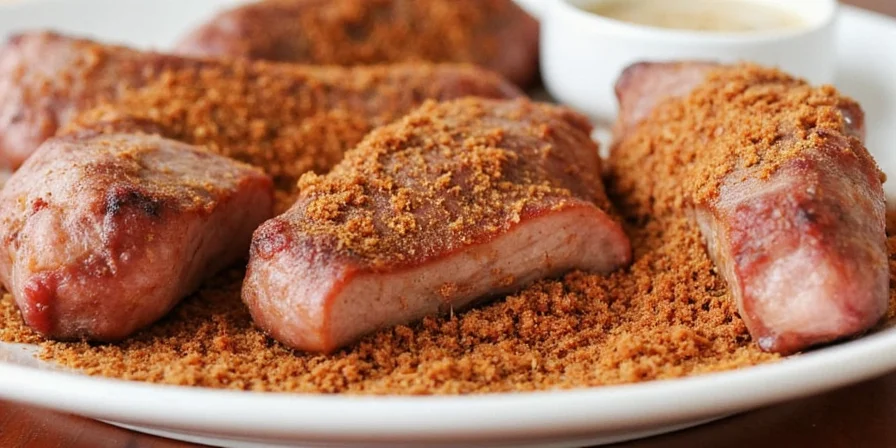
DIY Recipe: Classic All-American Pork Rub
This balanced formula leverages flavor chemistry for universal appeal:
- 3 tbsp brown sugar (molasses content aids browning)
- 2 tbsp paprika (provides stable color)
- 1 tbsp kosher salt (optimal crystal size for adhesion)
- 1 tbsp garlic powder (releases flavor at 80°C/176°F)
- 1 tbsp onion powder
- 1 tbsp black pepper (freshly cracked for maximum piperine)
- ½ tbsp mustard powder (binding without overpowering)
- ½ tbsp chili powder (optional heat catalyst)
Mix thoroughly in a non-reactive bowl. Store using the preservation methods above.
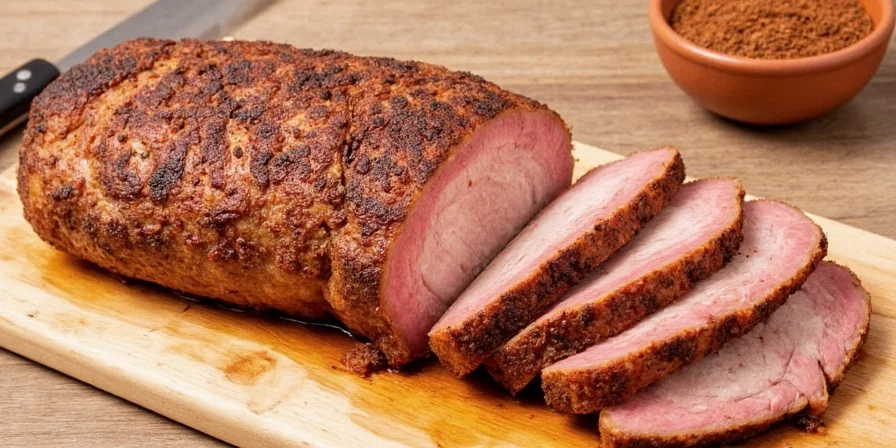
Key Insight: Pairing Rubs with Cooking Methods
Cooking technique alters rub performance through temperature dynamics:
- Smoking: Maintain temperatures below 120°C (248°F) to prevent sugar burning while allowing slow Maillard development.
- Grilling: Use rubs with 30% less sugar to avoid bitter caramelization at high heat (200°C+/392°F).
- Oven Roasting: Balance sugar content (15-20%) for consistent browning without scorching.
- Sous Vide: Reduce salt by 40% since vacuum sealing intensifies flavor perception.

Bonus Round: Spicy vs. Sweet Rubs – Flavor Science Breakdown
Chemical composition determines suitability:
| Type | Active Compounds | Best Applications |
|---|---|---|
| Sweet Rub | Furanones (caramel), vanillin | Kid-friendly meals where low heat tolerance requires mellow flavors |
| Spicy Rub | Capsaicin, dihydrocapsaicin | Adult gatherings where heat enhances beer pairing through trigeminal stimulation |
Final Thoughts: Your Rub, Your Rules
Great rubs balance chemistry and creativity. While foundational principles guide effective formulations, personal preference ultimately determines success. Track variables like salt-to-sugar ratios and resting times in a cooking journal to refine your approach. Remember that humidity, meat fat content, and even grill grate material affect outcomes—experiment systematically to discover your signature blend.

Summary Table: Precision Rub Formulation Guide
| Ingredient | Functional Role | Precision Ratio |
|---|---|---|
| Salt | Protein denaturation, moisture control | 1.5-2% of meat weight |
| Brown Sugar | Caramelization catalyst, bark formation | Equal to salt by volume |
| Paprika | Color stability, mild flavor carrier | 50% of sugar amount |
| Garlic Powder | Umami development via thiosulfinates | 30% of salt amount |
| Onion Powder | Complex sweetness through enzymatic reactions | Equal to garlic powder |
| Black Pepper | Flavor enhancer, piperine delivery | 25% of salt amount |
Conclusion
Mastering homemade pork rubs combines culinary tradition with food science. By understanding the chemical interactions behind each ingredient and technique, you gain predictable control over flavor development and texture. Whether hosting cookouts or meal prepping, these evidence-based methods ensure juicy, flavorful results that impress. Start with the classic recipe, then experiment with variations while tracking variables—your perfect rub awaits discovery.

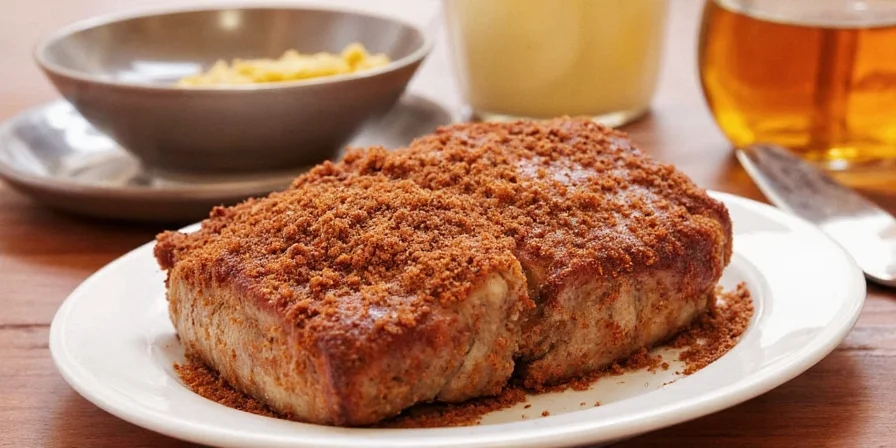









 浙公网安备
33010002000092号
浙公网安备
33010002000092号 浙B2-20120091-4
浙B2-20120091-4